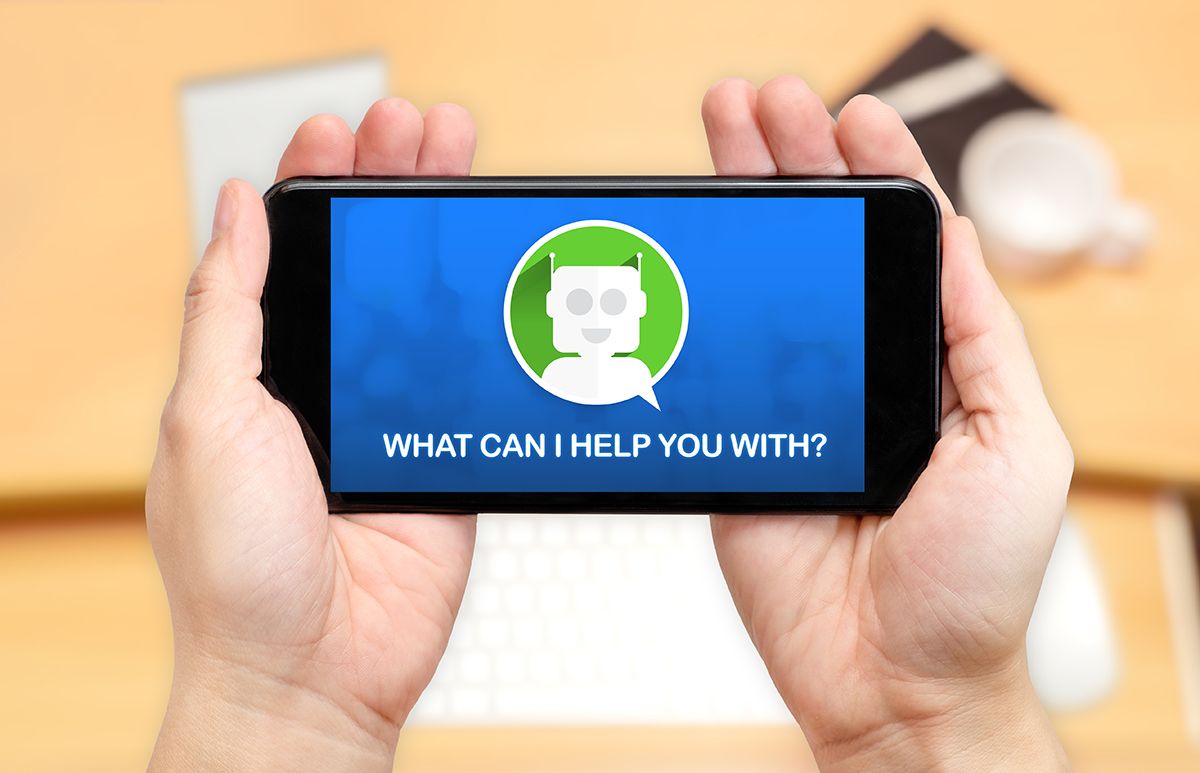

There’s also the very human aspect of lawyers wanting to have a battle over a contract’s terms.Īnd then there is the economic aspect. Once you get into more complex contracts, then things fall apart – there are just too many variables, too much need for expert human subtleties and understanding of the law and the client’s best interests. It can work if both parties are going to keep the variable aspects to a very few fields and where the majority of the contract is boilerplate.
Donotpay chatbot website full#
The full contract terms are done in 5 seconds. They move through their orders to apply their playbooks.

Each knows the parameters of the engagement: in this case to agree on the terms of an NDA, where the majority of the document has already been pre-agreed as it’s a standardised contract. oneNDA, but they both will want to alter some things, such as the duration of the terms, or perhaps the limit of damages, or perhaps the venue or methodology.Įach company has its own playbook. Now, let’s say they use a standardised contract, e.g. Let’s take a simple(ish) example: a basic NDA which says that both parties will keep their mouths shut and not share any information about a discussion that may take place. The next question is: how far do you want to take it? In that piece, AL asked whether we can eventually get to both sides using an automated ‘agent’, i.e. ‘X will will provide an internet service for $200 per annum’, to taking this approach into the more complex legal domains.Īs explored on Friday, Pactum is already using a very sophisticated ‘chatbot’ function to allow large companies to negotiate in an autonomous way with suppliers – although it’s one-sided for now. Then we get to the really meaty subject of how this goes beyond very narrow and simple consumer contracts, e.g. where the parties each play out specific negotiation strategies to get the best outcome? In turn, the corporates will one day also deploy AI for outward-facing consumer legal needs and then we get into some really interesting areas, such as what will govern the outcomes? Will it all be rules-based still? Or will we move into game theory, i.e. The corporates are deploying chatbots to ‘handle’ people, so it’s only fair that the people deploy AI to rebalance the situation. ‘It will work for all companies and include forms, chat and even email,’ he told this site.Īnd this makes total sense. Comcast, or could be used more widely? And what ways can this be used? So robots will just be negotiating with each other!’Īrtificial Lawyer asked Browder if this approach would just be for one big company, i.e. If and when corporates start to deploy similar technology – which seems likely given how much they have embraced chatbots for consumer needs – then you would one day have an ‘AI talks to AI’ scenario.Īs Browder said on LinkedIn: ‘DoNotPay is building a chrome extension where you can specify something like ‘negotiate my Comcast bill down’, and it will use the Comcast online chat to lower your bill with GPT-3. I.e DoNotPay via GPT-3 creates responses to a chatbot run by a company, sending guided demands to get what the customer wants. ChatGPT, shows a way to take this to the next level. However, OpenAI’s growing range of generative AI capabilities which can be deployed to create text, e.g. This has tended to be things like helping someone to quickly fill in a form to get a refund and then make sure it gets to the right place and in the right way to get a response. What DoNotPay has done, from parking tickets to airline delays to internet provider contracts, is enable consumers to fire back by tapping those interfaces to quickly get a resolution to their problem. Often it’s a case of engaging with a company that is providing no real human touch points, and instead only offering a form filler webpage, or a chatbot – which some may say is there to cut costs, while others may say it’s a deliberate effort to prevent people from exercising their consumer rights. DoNotPay, the consumer rights and legal claims platform, is going to embrace the power of generative AI via GPT-3 solutions, with its founder Joshua Browder stating that eventually corporates will also deploy the same technology, so one could say we eventually will have a ‘my AI will talk to your AI’ scenario – something that this site mentioned on Friday in relation to Pactum’s future, which offers ‘autonomous contract negotiation’.ĭoNotPay has excelled at using the consumer-facing interfaces that companies provide to benefit customers.


 0 kommentar(er)
0 kommentar(er)
